There are so many different types of restaurants in Japan. Even if you narrow it down to Japanese delicacies, such as sushi, tempura and soba, the variety is huge and so it may become a little confusing when trying to look for a nice place to eat. This guide will introduce to you the categories and characteristics of the Japanese food you should be informed about before your departure! As long as you memorize the Japanese names you'll be able to find your favorite restaurant in no time!
1. Kaitenzushi
[Kaitenzushi] is a "conveyor belt sushi" restaurant, where sushi is served on a special belt that moves past all the tables of the restaurant. This way, you only take the plates you like. Most plates have 2 sushi pieces, and there are both restaurants with a set price of 100 JPY per plate, and places where each plate ranges from 100 to 200 JPY according to the topping. If your desired sushi doesn't show up or if you want miso soup and other side dishes, you can order them individually. The final bill is calculated on the number of plates stacked on your table, so you must always grab your sushi with the plate!
2. Kaiseki
[Kaiseki Cuisine] is a traditional course born in Japan as the meal that used to be eaten before sado (the traditional ceremony with which the Japanese serve tea to their guests). According to the fundamentals of Japanese cuisine, a meal should be comprised of 1 soup and 3 dishes (ichiju sansai), but lately, the number of dishes served in a kaiseki course has significantly increased, making it in a luxurious meal you can only have at traditional restaurants called ryotei. The price varies from place to place, but it can cost you anywhere between 5,000 and 10,000 JPY to enjoy it in a quite Japanese-style atmosphere.
3. Sukiyaki/Shabu-shabu
設定
![[Find Your Favorite!] 12 Restaurant Categories You Must Know Before Traveling to Japan]()
[Sukiyaki] is a hotpot dish wherein meat, vegetables and tofu are seasoned with sugar, soy sauce and other condiments. To enjoy the ingredients at their best, it is highly recommended to take the now sweet and salty ingredients and then dip them into some beaten eggs! [Shabu-shabu] is another hotpot delicacy that requires you to cook your thin slices of meat by passing them through a hot broth a few times, and then dip them in ponzu (citrus-seasoned soy sauce) or sesame sauce. Other than the simple kelp-based dashi (broth), the pot can also be filled with soy milk, Chinese broth and many other types of soup. Both dishes come in different prices according to the meat quality, but the bill should be between 5,000 and 10,000 JPY per person.
4. Teppanyaki
The word [Teppanyaki] refers to meat, seafood, and vegetables grilled on an iron plate (teppan). The great thing about this delicacy is that you get to see, hear, and smell your food while it's being grilled right before your eyes on the iron plate installed on the counter. It's served by many high-end restaurants, like those inside hotels, and the most popular items are in fact high-grade ingredients such as domestically-produced wagyu and abalone. The average price goes from 5,000 to 20,000 JPY.
5. Izakaya
An [Izakaya] is a classic Japanese-style bar where you can enjoy beer, sake, wine, and all sorts of alcoholic drinks, as well as matching delicacies and snacks. It's recently become a popular thing among customers as a place where "you can eat basically anything". To order your food and drinks, you can push the button on your table to call the waiter, or in some cases, you may even use a special touch panel, so it's super easy. If you're planning a wild drinking night, opt for the timed all-you-can-drink course. You can take it easy and enjoy a few drinks for as little as 1,000 JPY, or have a full meal with an all-you-can-drink plan from 5,000 to 10,000 JPY, so as you can see it's a good option for all budgets.
6. Ramen
Originally born in China, [Ramen] is a Chinese noodle soup served with various toppings, whose recipe was adjusted to the Japanese taste and therefore became a fully-fledged Japanese dish. The soup flavors available are countless: soy sauce, salt, miso, tonkotsu (pork bones), seafood, and more. Staple toppings are no less numerous: bamboo shoots, boiled egg, charshu (roasted pork fillet), nori seaweed, and so on. There are even restaurants where you get to completely customize your ramen, starting from the firmness of the noodles (described as harigane, bari-kata, and other technical terms) and the amount of fats. One bowl can cost from 500 to 1,000 JPY. Order some gyoza (grilled dumplings) on the side and you won't regret it!
7. Tonkatsu
設定
![7. Tonkatsu]()
[Tonkatsu] is a cutlet made of a thick slice of pork coated in flour, egg, and panko and then deep-fried at high temperature. If you like your meat juicy, order the loin, but if you prefer a more refreshing and light flavor, go for the fillet. A tonkatsu set meal usually includes white rice, miso soup, and pickles, and at some restaurants, you may also get a free refill of cabbage and rice. The average cost ranges from 1,000 to 2,000 JPY.
8. Yakitori
[Yakitori] are skewers of bite-sized chicken meat and vegetables grilled on direct heat. The variety is huge: from classic [Negima (wherein chicken meat is alternated with scallion)] to chicken skin, cartilage, and gizzards. As for the seasoning, you can usually choose between salt and tare (sauce). If you go to a yakitori specialized restaurant, you may also find grilled tomato, quail eggs, and even beef meat skewers. All tables are equipped with a container for you to throw your skewers in after you are done. Each yakitori skewer costs 100 - 200 JPY.
9. Okonomiyaki
[Okonomiyaki] is a type of teppanyaki dish consisting of a flour and cabbage base mixed with other ingredients and then grilled. If you go to an okonomiyaki restaurant, you'll be able to choose among lots of toppings: pork, seafood, mochi, cheese, and many more. In most restaurants, there's an iron plate in the center of each table for you to grill your own okonomiyaki, but if you don't know how to do it, the staff will be happy to grill it for you. Once it's ready, make sure to top your okonomiyaki with okonomi sauce, mayonnaise, katsuobushi (dried tuna flakes) and green laver! One okonomiyaki goes for 700 - 1,500 JPY.
10. Unagi
[Unagi] refers to eel, an ingredient that's been eaten ever since ancient times in Japan to prevent summer heat strokes, because of its abundance of healthy nutrients. From [Kabayaki], wherein unagi is filleted and grilled on a skewer with a sweet sauce, to [Shiroyaki], which allows you to enjoy its original flavor, there are many ways to eat this delicacy. The most recommended one is definitely [Unaju]. The umami (Japanese savory taste) of unagi mixed with the sweetness of the sauce tastes amazing with white rice! Long standing restaurants serve it for over 3,000 JPY, so if you were looking for something cheaper, you may head to a gyudon (rice bowl topped with beef) chain restaurant and find it for about 700 JPY.
11. Teishoku
[Teishoku] is the classic Japanese set meal composed of rice, soup, a main dish, and some pickles. Different from western courses, where the dishes are served in a specific order one by one, in this style you get everything you ordered at the same time. Eating a little bit of rice, soup and side dish in the so-called "triangular order" (sankaku-tabe) is a key part of the Japanese lifestyle. If you find on the menu something like [Tonkatsu Teishoku] or [Grilled Fish Teishoku], so with the word "teishoku" at the end of its name, that means it's supposed to be a set. The price depends on the main dish.
12. Soba/Udon
[Soba] are buckwheat noodles. [Juwari Soba] are made with 100% buckwheat flour and they have a strong aroma and chewy texture, while [Nihachi Soba] have 20% of wheat flour that makes them elastic and smooth. Whether you order the cold version dipped in tsuyu sauce called [Zaru-Soba] or the warm one dressed in tsuyu sauce known as [Kake-Soba], you'll be impressed by the deliciousness! [Udon] are noodles made instead with wheat flour. They're thicker than soba, and even chewier. You can enjoy them dipped in tsuyu sauce (similarly to soba) by ordering the [Zaru-Udon], or with an egg placed on top if you ask for [Tsukimi Udon]. One bowl goes from 500 to 1,500 JPY.
Search your restaurant by area and keywords
Once you've decided what you want to eat in Japan, use a search engine to find out where! Just insert the area you're going to visit and the name of the dish you'd like to try in the search bar of the website and there you have it!
These are the food categories you shouldn't miss during your stay in Japan. Kaitenzushi, izakaya, okonomiaki and teishoku spots are all great opportunities for you to experience the variegated food culture of Japan, so be sure to try them all!
Disclaimer: All information is accurate at time of publication.
![[Find Your Favorite!] 12 Restaurant Categories You Must Know Before Traveling to Japan](https://rimage.savorjapan.com/svj_tmp/image/discover_oishii_japan/1288/article_head.jpg?t=1580444544)
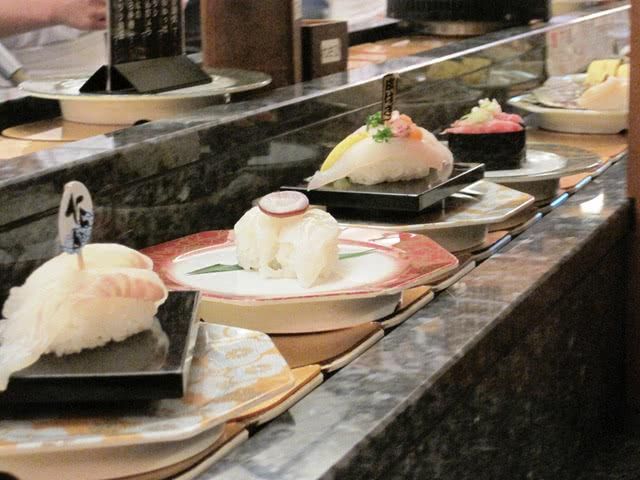
![[Find Your Favorite!] 12 Restaurant Categories You Must Know Before Traveling to Japan](https://rimage.savorjapan.com/svj/image/discover_oishii_japan/1288/article_122282_w640z.jpg)
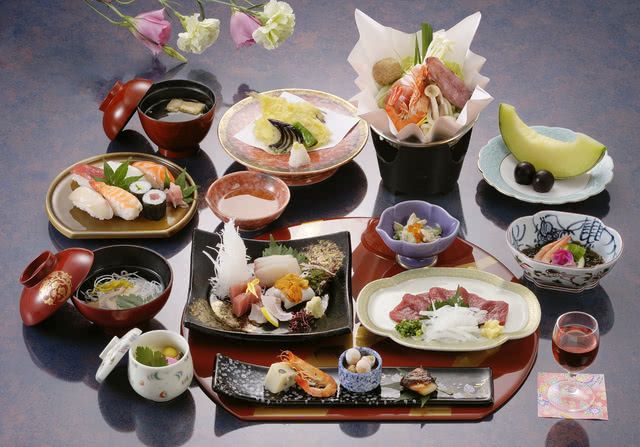
![[Find Your Favorite!] 12 Restaurant Categories You Must Know Before Traveling to Japan](https://rimage.savorjapan.com/svj/image/discover_oishii_japan/1288/article_122284_w640z.jpg)
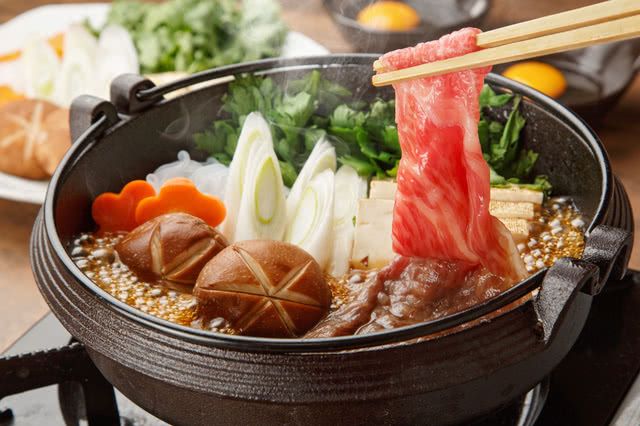
![[Find Your Favorite!] 12 Restaurant Categories You Must Know Before Traveling to Japan](https://rimage.savorjapan.com/svj/image/discover_oishii_japan/1288/article_122286_w640z.jpg)

![[Find Your Favorite!] 12 Restaurant Categories You Must Know Before Traveling to Japan](https://rimage.savorjapan.com/svj/image/discover_oishii_japan/1288/article_122288_w640z.jpg)
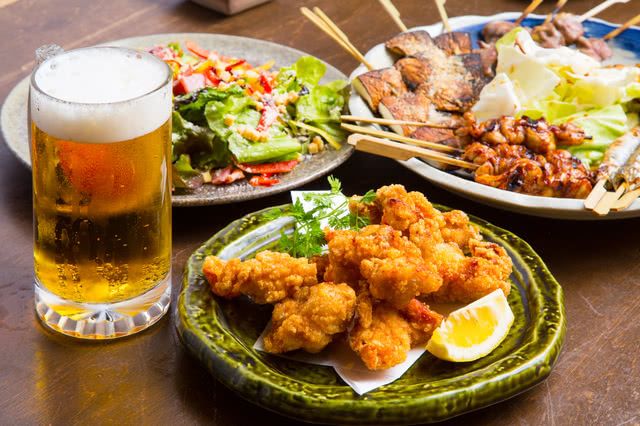
![[Find Your Favorite!] 12 Restaurant Categories You Must Know Before Traveling to Japan](https://rimage.savorjapan.com/svj/image/discover_oishii_japan/1288/article_122290_w640z.jpg)
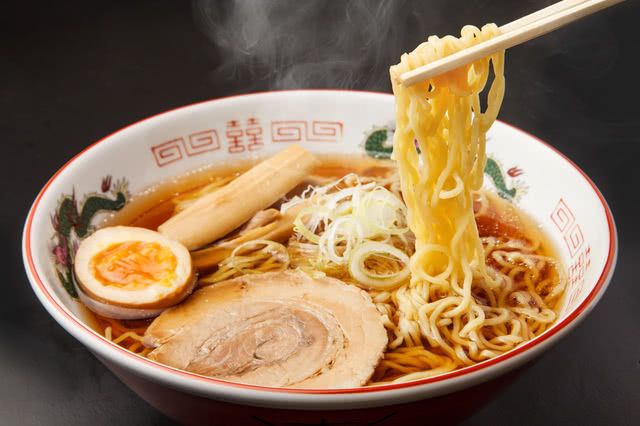
![[Find Your Favorite!] 12 Restaurant Categories You Must Know Before Traveling to Japan](https://rimage.savorjapan.com/svj/image/discover_oishii_japan/1288/article_122292_w640z.jpg)
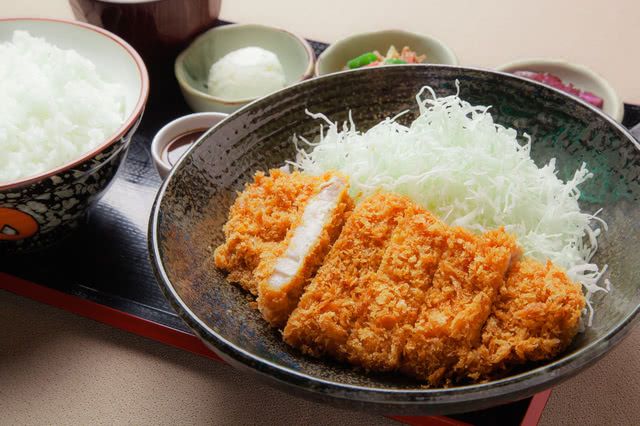
![[Find Your Favorite!] 12 Restaurant Categories You Must Know Before Traveling to Japan](https://rimage.savorjapan.com/svj/image/discover_oishii_japan/1288/article_122294_w640z.jpg)
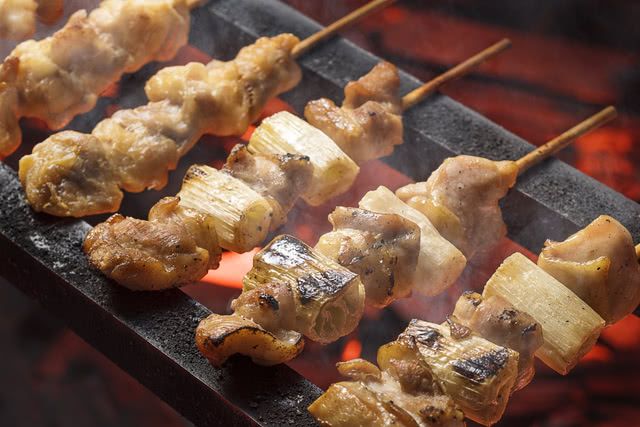
![[Find Your Favorite!] 12 Restaurant Categories You Must Know Before Traveling to Japan](https://rimage.savorjapan.com/svj/image/discover_oishii_japan/1288/article_122296_w640z.jpg)
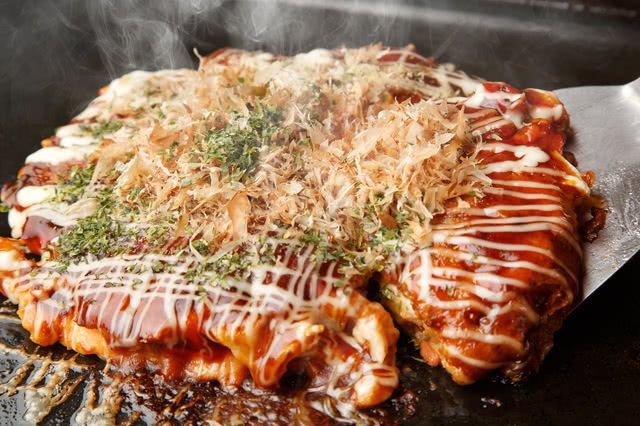
![[Find Your Favorite!] 12 Restaurant Categories You Must Know Before Traveling to Japan](https://rimage.savorjapan.com/svj/image/discover_oishii_japan/1288/article_122298_w640z.jpg)
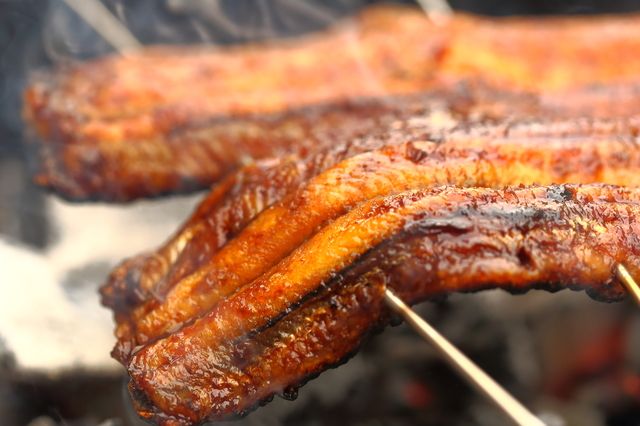
![[Find Your Favorite!] 12 Restaurant Categories You Must Know Before Traveling to Japan](https://rimage.savorjapan.com/svj/image/discover_oishii_japan/1288/article_122300_w640z.jpg)
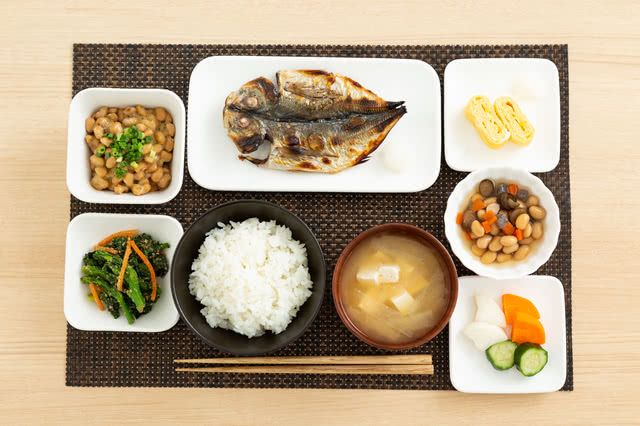
![[Find Your Favorite!] 12 Restaurant Categories You Must Know Before Traveling to Japan](https://rimage.savorjapan.com/svj/image/discover_oishii_japan/1288/article_122302_w640z.jpg)
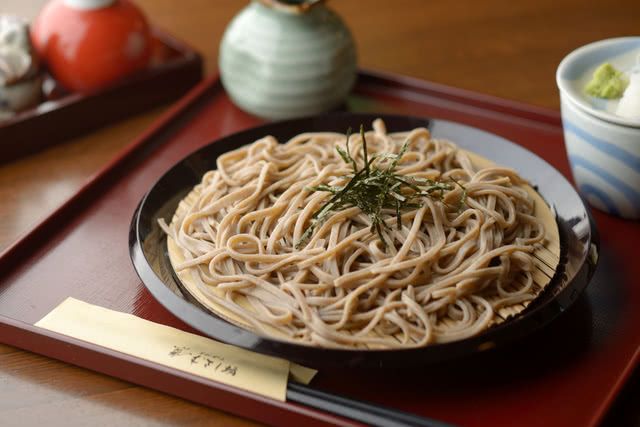
![[Find Your Favorite!] 12 Restaurant Categories You Must Know Before Traveling to Japan](https://rimage.savorjapan.com/svj/image/discover_oishii_japan/1288/article_122304_w640z.jpg)









![Azabudai Hills [SUMI] (Janu Tokyo) ~ Editor's Afterword by the Editor-in-Chief of Japan's Gourmet Site](/gg/content_image//image/discover_oishii_japan/6536/article_head_150x105z.jpg)









